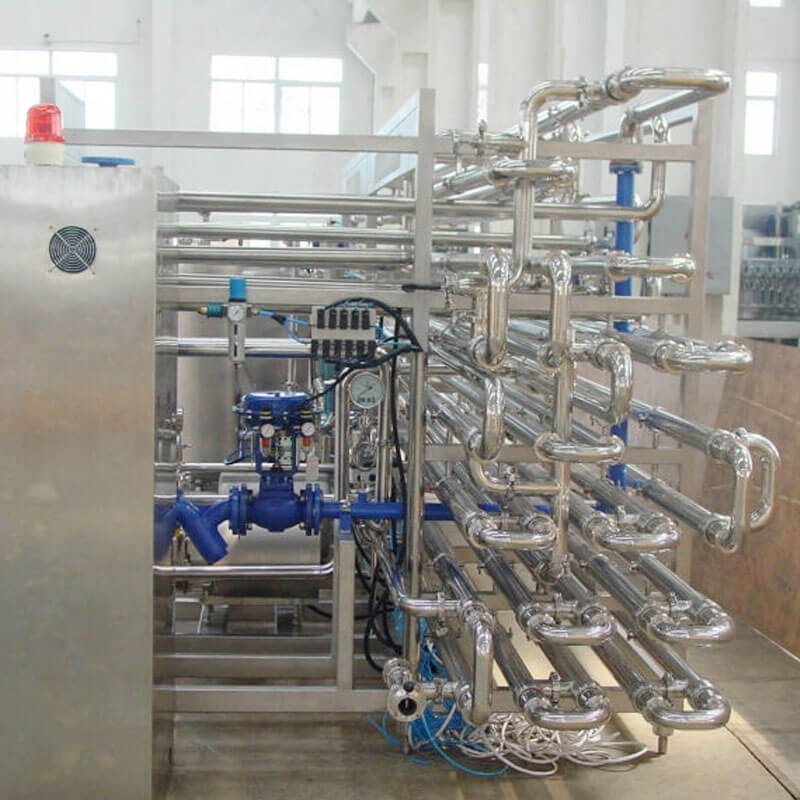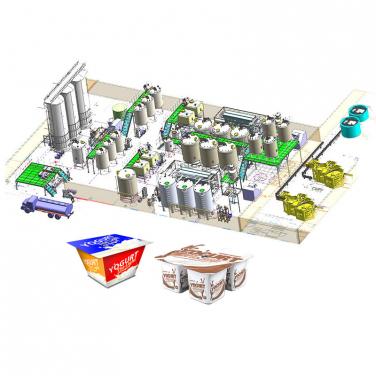
The working principle of a pasteurization machine is to heat the mixed raw materials to 68-70 ℃ and maintain this temperature for 30 minutes before rapidly cooling to 4-5 ℃. Because the lethal point of bacteria is generally below 68 ℃ for 30 minutes, treating the mixed raw materials with this method can kill the pathogenic bacteria and the vast majority of non pathogenic bacteria; The mixture of raw materials cools instantly after heating, and rapid changes in heat and cold can also promote bacterial death.

Within a certain temperature range, the lower the temperature, the slower the bacterial reproduction; The higher the temperature, the faster the reproduction (the suitable temperature for microbial growth is generally 28 ℃ -37 ℃). But if the temperature is too high, bacteria will die. Different bacteria have different optimal growth temperatures and abilities to withstand heat and cold. Pasteurization is actually using the characteristics of pathogens that are not very heat-resistant, and treating them with appropriate temperature and insulation time to completely kill them. However, after pasteurization, a small portion of harmless or beneficial, heat-resistant bacteria or bacterial spores are still retained. Therefore, pasteurized milk should be stored at a temperature of around 4 ℃ and can only be stored for 3-10 days, up to 16 days.
One method is to heat the milk to 62-65 ℃ and keep it for 30 minutes. By using this method, various growth type pathogenic bacteria in milk can be killed, with a sterilization efficiency of 97.3%~99.9%. After disinfection, only some thermophilic and heat-resistant bacteria, as well as spores, remain. However, most of these bacteria are lactic acid bacteria, which are beneficial to human health.
Another method is to heat the milk to 75-90 ℃ and keep it warm for 15-16 seconds, which results in shorter sterilization time and higher work efficiency. But the basic principle of sterilization is that pathogenic bacteria can be killed, but too high a temperature can actually cause significant nutritional loss.
Shanghai Beyond Machinery Co., Ltd
Beyond Machinery is committed to the design and manufacturing of various industrial pasteurization machines. If you have any needs in this regard, please contact us immediately. Our professional technical engineers will customize the best product plan for you. Contact us immediately to obtain the product plan and quotation!



